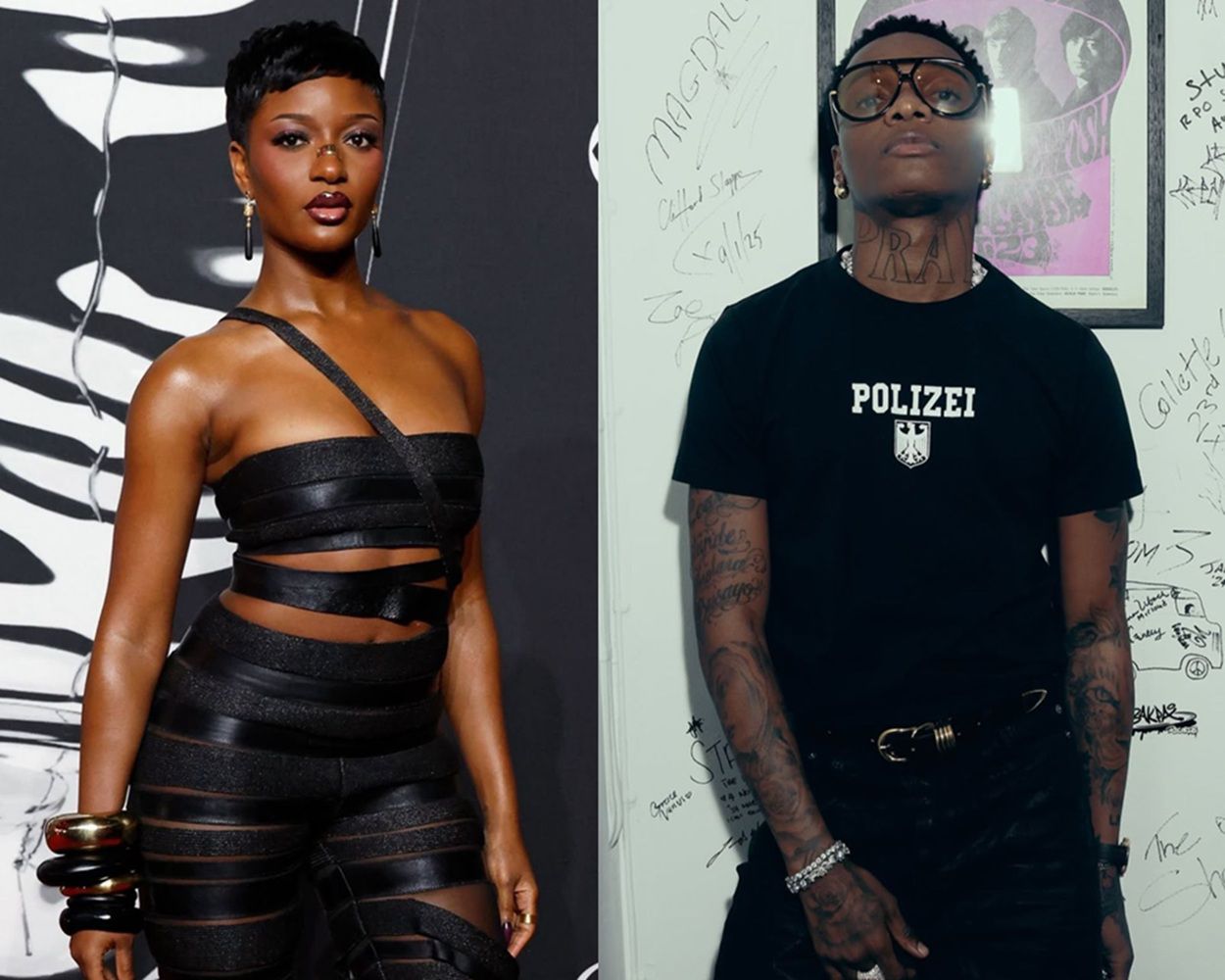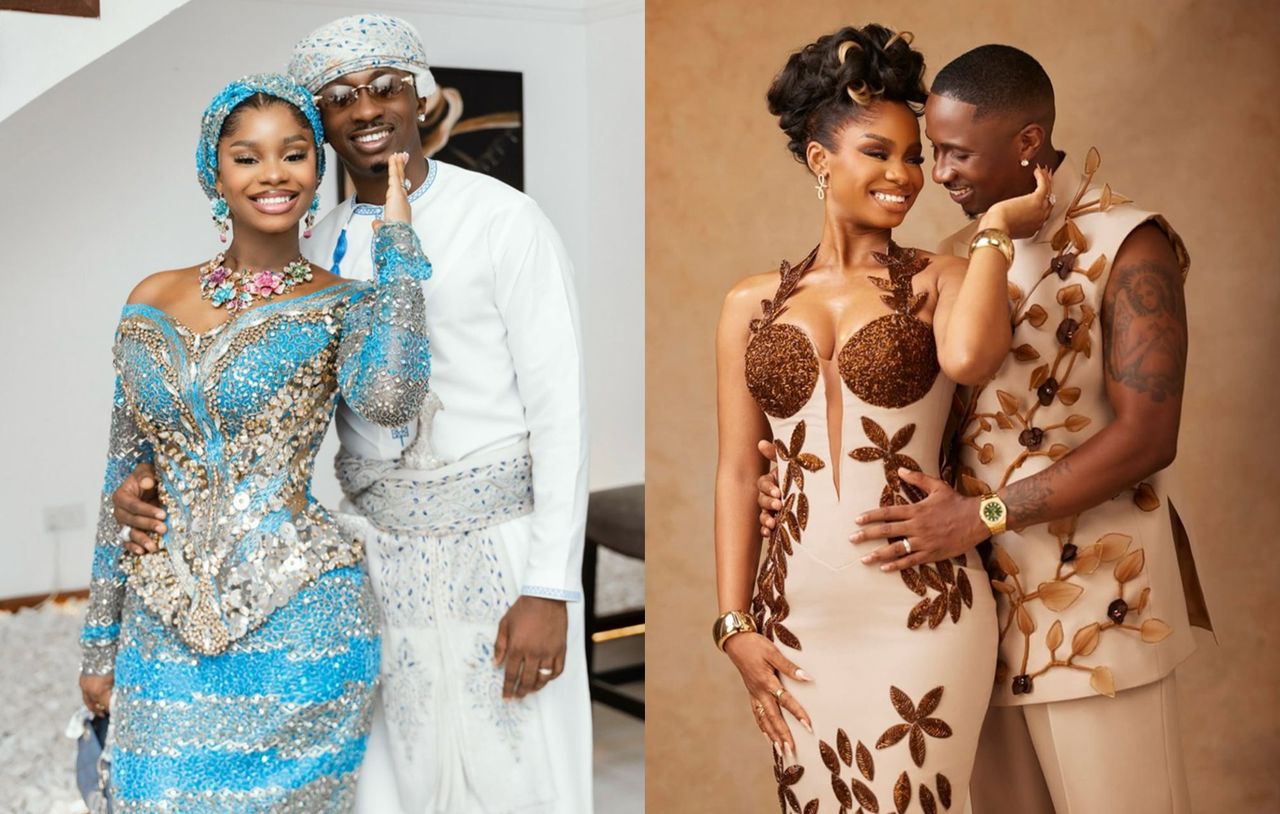
Friendship, Cars, and the Unspoken Rules of Social Media: When a Silent Reaction Speaks Volumes

In a world increasingly dominated by social media, even the smallest gestures—or lack thereof—can spark major conversations. Recently, a simple exchange on Twitter has caught the attention of many, raising questions about friendship, loyalty, and the subtle rules that govern online interactions. It all started when Twitter user @chubbzy, also known as Mahle, shared a seemingly small but telling grievance: “someone I considered a friend bought a car and didn’t tell me…”
At first glance, the tweet might appear trivial—a minor complaint about a friend not sharing exciting news. Yet, the reactions and the follow-up commentary reveal a deeper tension that resonates with many social media users. The exchange captures the modern-day dilemma of how relationships and social etiquette intersect with digital visibility, pride, and expectations.
Enter Zlatan Gomez, known on Twitter as @zan, who provided a witty, yet insightful perspective. He suggested, “If you saw the car and didn’t say anything… they are probably saying ‘my friend saw my car and didn’t say anything…’ and so the cycle begins.” This simple observation does more than just add humor; it highlights a recurring phenomenon in human interactions amplified by social media: the cycle of silent judgments and unspoken resentments.
This exchange underscores a truth many users already feel but rarely articulate. Social media has created a landscape where silence can speak as loudly as words. When a friend shares major life milestones—buying a car, moving into a new house, landing a dream job—our response (or lack thereof) can send unintended signals. The silence, in particular, may be misinterpreted as indifference or even jealousy, even when no such feelings exist. The way Mahle’s tweet resonated so widely is testament to this reality: many users have been in similar situations, caught between their private feelings and public expectations.
What makes this interaction especially compelling is the underlying commentary on modern friendship. Traditionally, friendships were measured by shared experiences and direct communication. Today, however, they are increasingly evaluated through likes, comments, and online reactions. A friend buying a car without informing you is no longer just a personal slight—it is a public event, one that is often broadcast to a wider audience, whether intentionally or not. When Mahle’s friend didn’t share the news, it felt like a breach of an unspoken social contract, and his tweet gave voice to that discomfort.
Yet, Gomez’s response reminds us that this breach is often more about perception than intent. Social media cycles, as he aptly described, create a loop of mutual scrutiny. One person feels slighted for not being told, while the other may feel overlooked for not receiving acknowledgment. It is a cycle that is difficult to break, because both parties are constantly aware of how their actions—or inactions—are interpreted in a very public forum.
The conversation also touches on the performative nature of social media. Celebrating achievements online has become a norm, but it also comes with unspoken rules. Friends are expected to react, engage, and amplify these milestones. A lack of engagement is noticed, and sometimes resented. This creates pressure not only to celebrate one another but also to monitor each other’s activities closely, almost as a way of preserving social standing. Mahle’s tweet is a candid reflection of this pressure: the hurt is not just about the car but about being left out of the acknowledgment cycle.
Interestingly, this dynamic isn’t exclusive to friendships. It reflects a broader societal shift in how success and validation are measured. The rise of social media as a platform for personal achievement means that milestones are rarely private anymore. Everyone is watching, and everyone expects to be seen watching. The digital era has blurred the line between personal pride and public validation. The frustration expressed by Mahle is a microcosm of this larger cultural phenomenon: we want our friends to share in our joys, but we also want them to recognize those joys in a way that feels meaningful and immediate.
The humor in Gomez’s response is what makes this exchange relatable. By framing the situation as a cyclical problem, he captures the absurdity of modern social dynamics while acknowledging the human tendency toward assumption and judgment. His commentary is a gentle reminder that these social frictions are often self-perpetuating. Friends might not intend harm, but the lack of communication combined with social media’s amplifying effect can lead to misunderstandings.
The story also highlights the importance of empathy in digital interactions. While it is easy to feel slighted when a friend doesn’t share exciting news, it is equally important to recognize that social media visibility does not always equate to relational intent. A friend may not have thought to mention a purchase, may be overwhelmed by personal matters, or may simply assume that the news will come up naturally in conversation. Yet, because of the culture of public acknowledgment online, these nuances are often lost.
What makes this Twitter exchange particularly captivating is its universality. Almost everyone who uses social media has experienced a similar moment—an overlooked post, a muted reaction, or a friend who shares news without reaching out personally. The relatability of Mahle’s frustration and Gomez’s insightful humor has likely contributed to the viral nature of this small but significant online interaction. It reflects the delicate balance of attention, validation, and communication in contemporary friendships.
Ultimately, this exchange serves as a reminder that friendships in the digital age are both more visible and more complicated than ever before. The silent gestures we interpret, the assumptions we make, and the cycles of unspoken expectation all shape how we connect with one another. Mahle’s tweet may have started as a simple lament about a car, but it resonates on a deeper level because it captures the universal experience of feeling overlooked, misunderstood, or excluded in a world where attention is currency.
Gomez’s observation provides closure of sorts—not by resolving the issue, but by framing it in a way that acknowledges the shared human tendency to misinterpret silence. Humor and perspective, in this case, act as a balm, helping readers recognize that the cycle of social misunderstanding is normal, inevitable, and often harmless.
As Mahle’s brief but telling tweet circulates through the Twitterverse, it offers more than a snapshot of personal frustration; it reflects a modern social reality. The way we celebrate, acknowledge, and respond to each other has shifted dramatically in the age of social media. A car, a like, a comment, or a lack thereof can carry weight far beyond its literal meaning, influencing perceptions of friendship, loyalty, and emotional connection.
In the end, Mahle’s experience is a reminder that even in a world dominated by likes, shares, and public visibility, the core of friendship remains remarkably human: we crave acknowledgment, we fear exclusion, and we hope our friends will see us—not just our milestones—but the people behind them. The cycle Gomez highlights may be unavoidable, but it also offers a chance for reflection, understanding, and, perhaps, a little laughter along the way.
As social media continues to shape our social interactions, stories like Mahle’s serve as both cautionary tales and relatable anecdotes. They remind us that friendships, even in the digital age, are about more than visibility—they are about connection, communication, and sometimes simply speaking up, even if it’s just to say, “Congrats on the car!”


